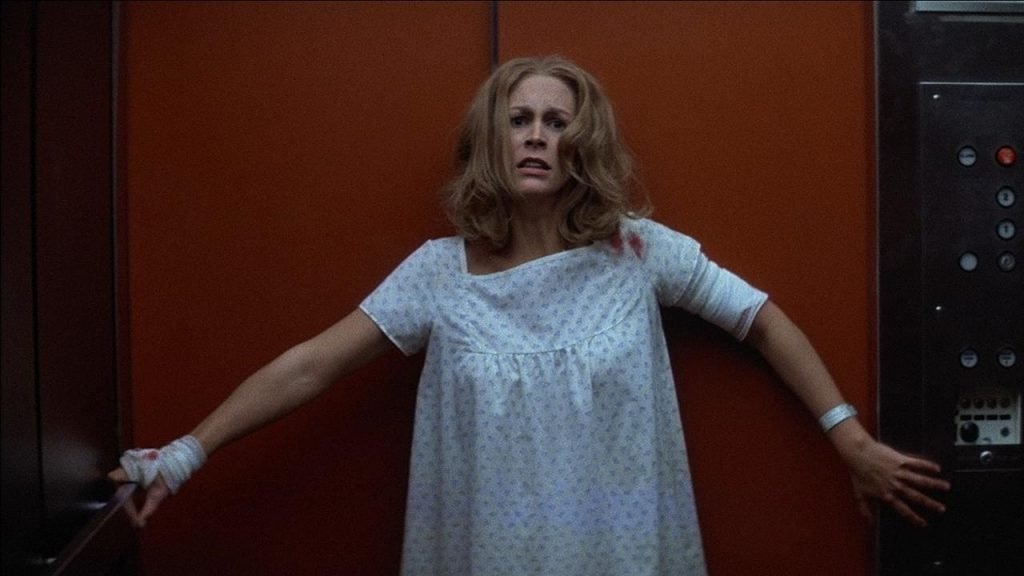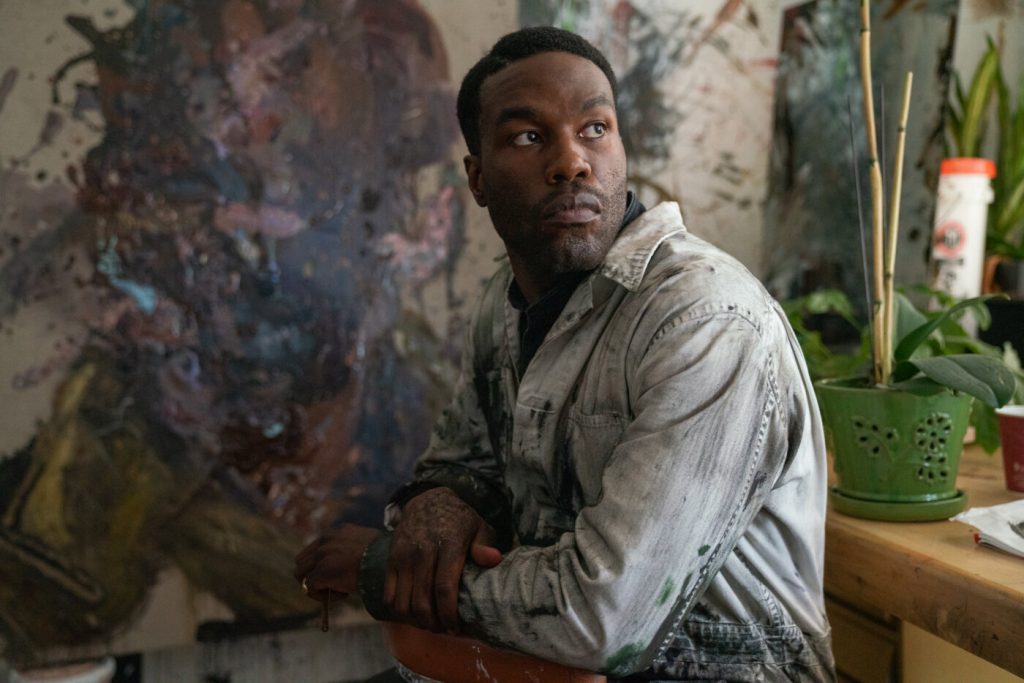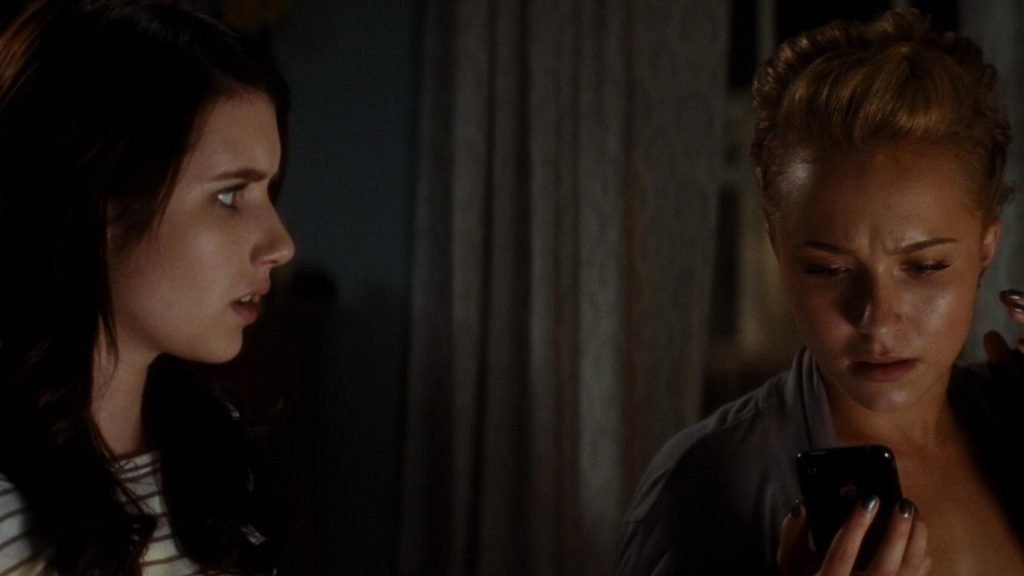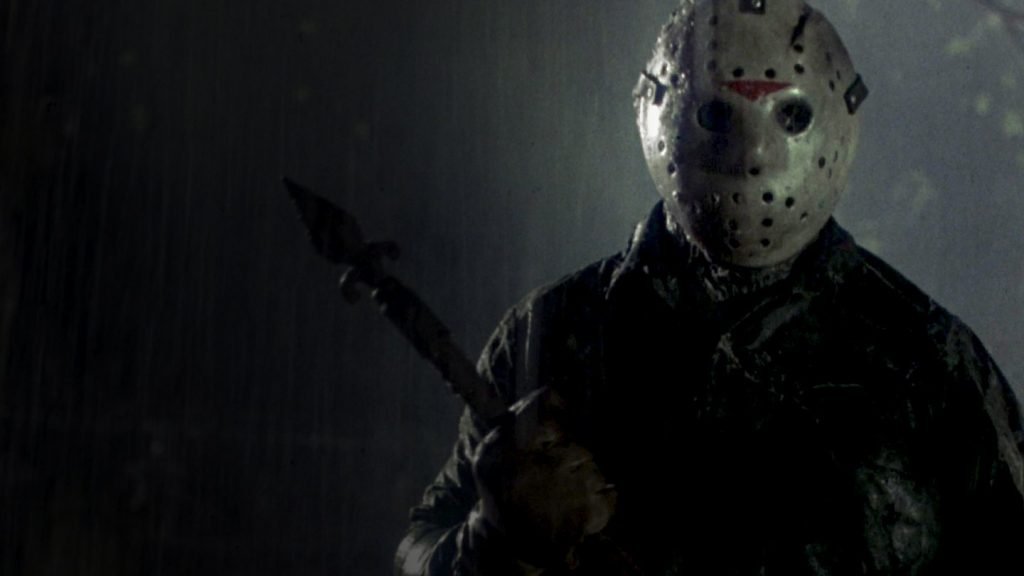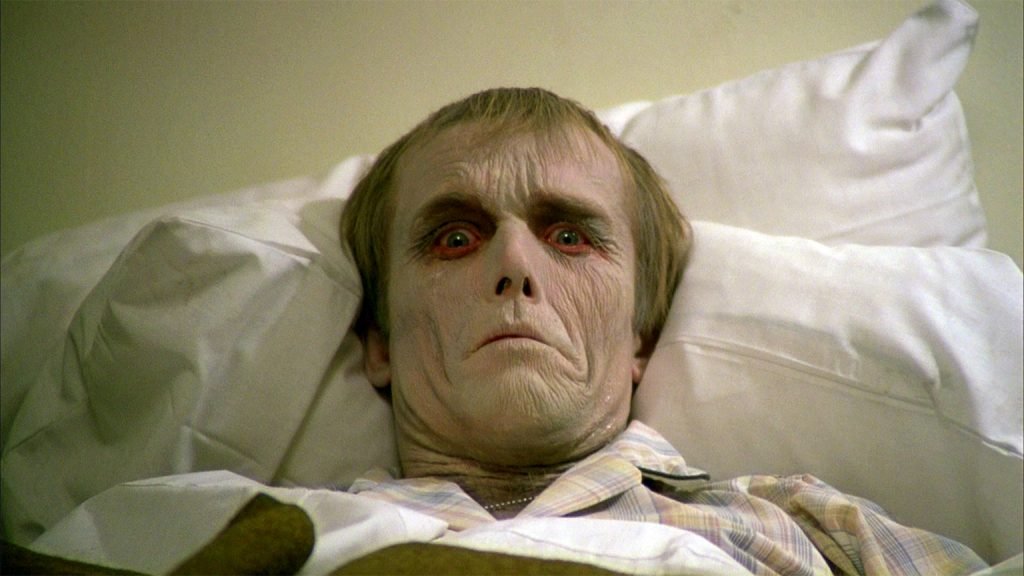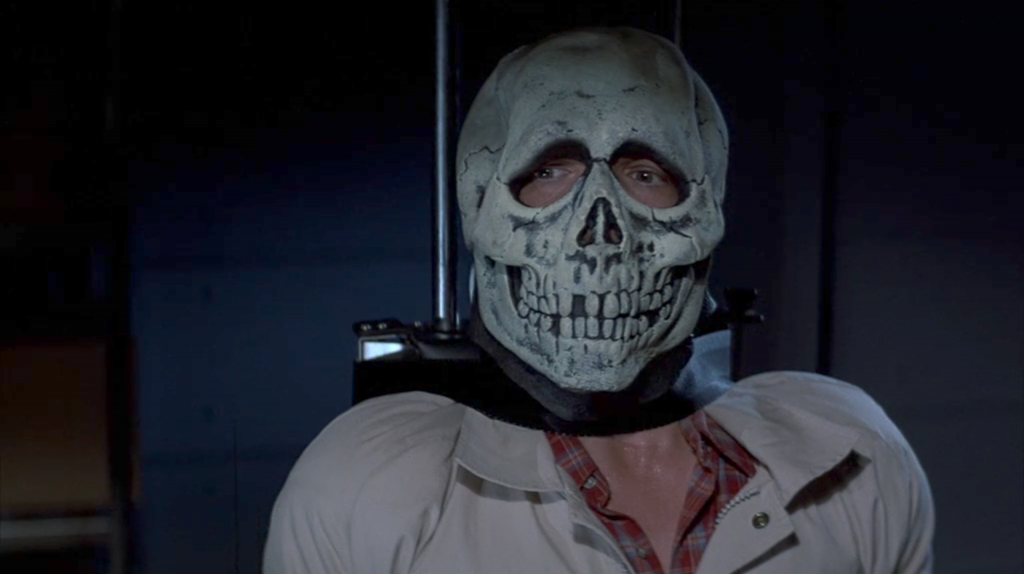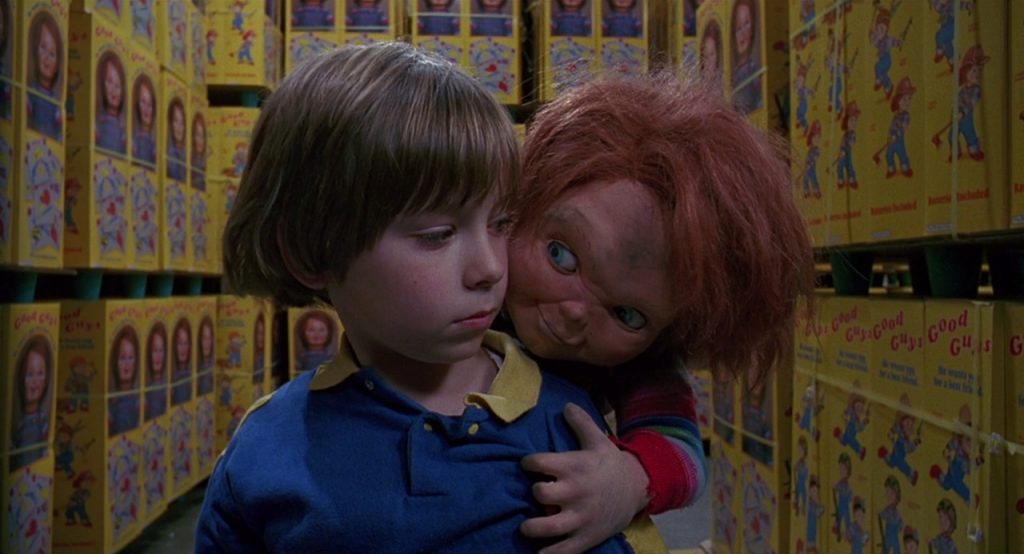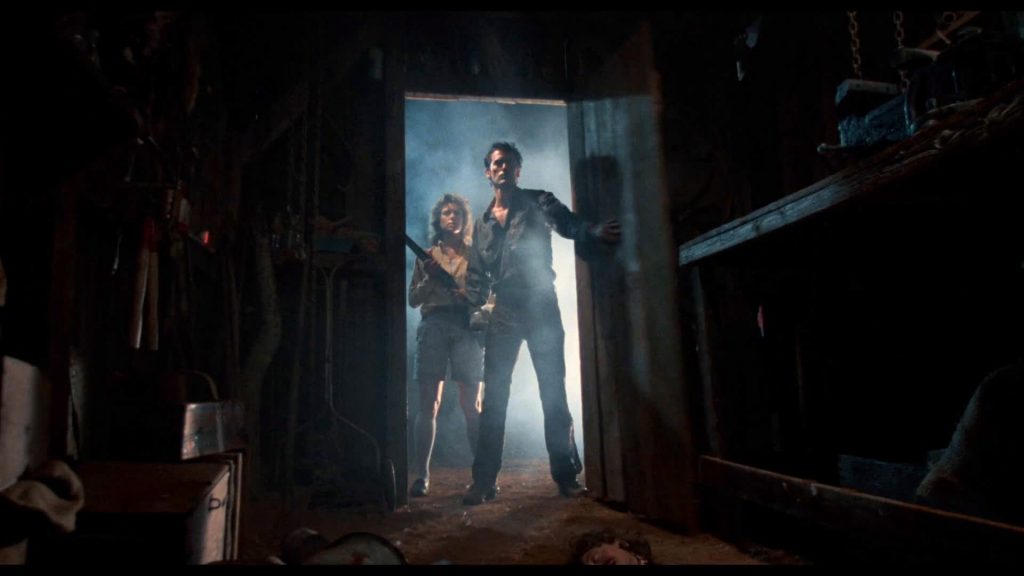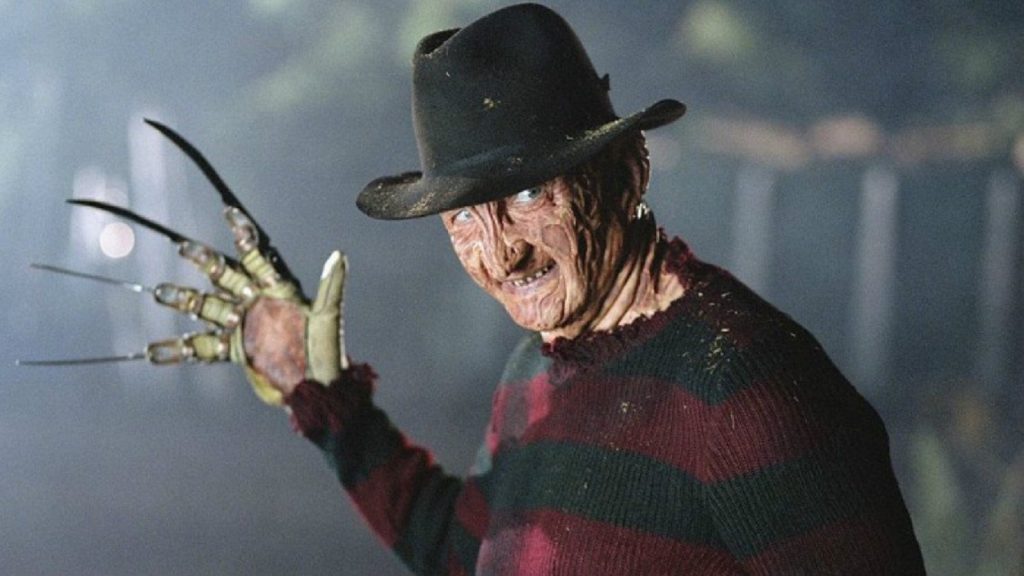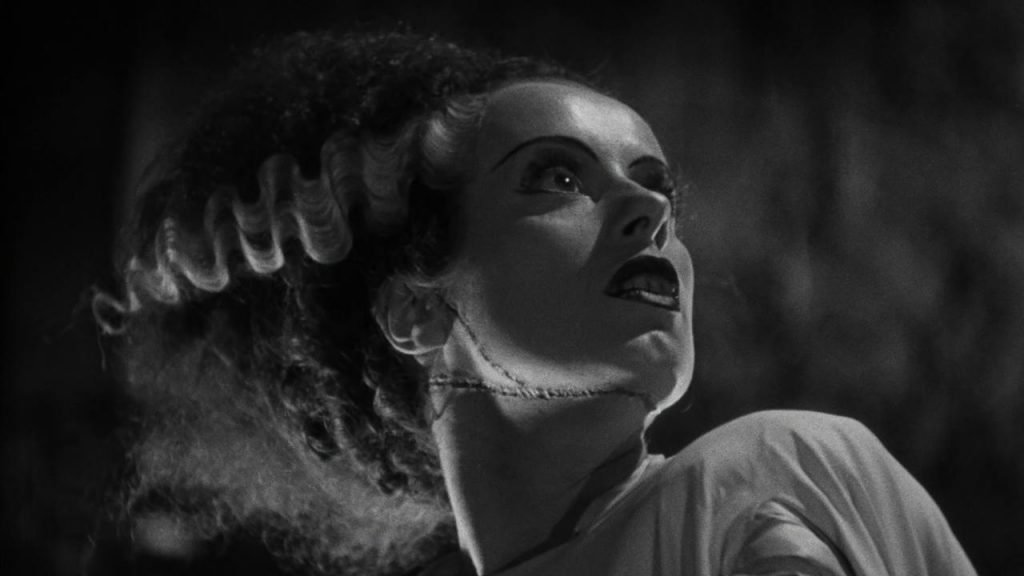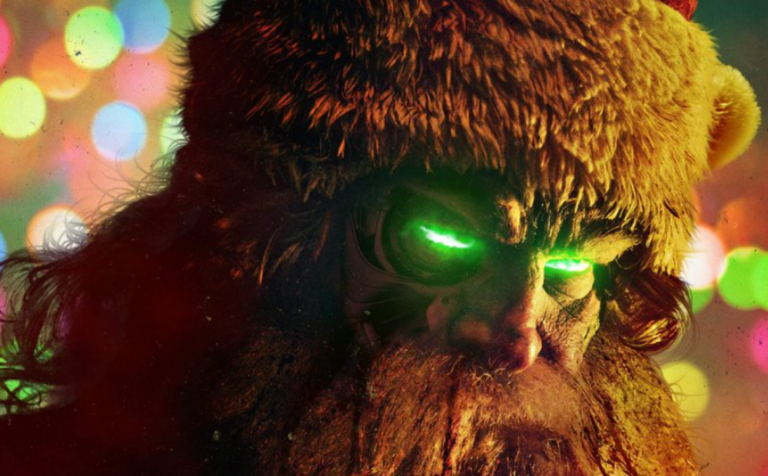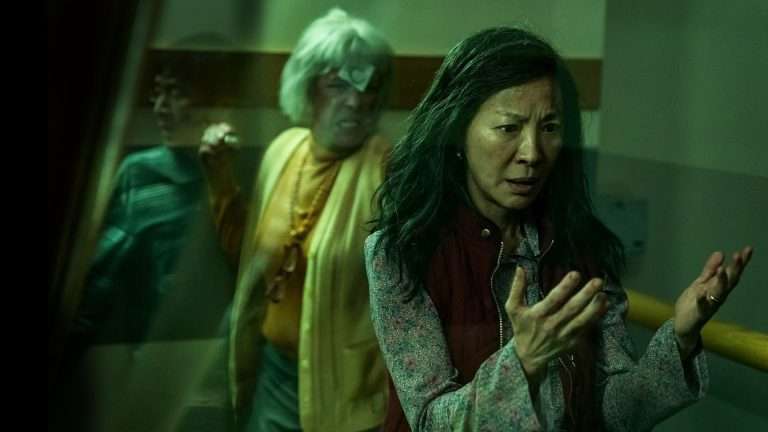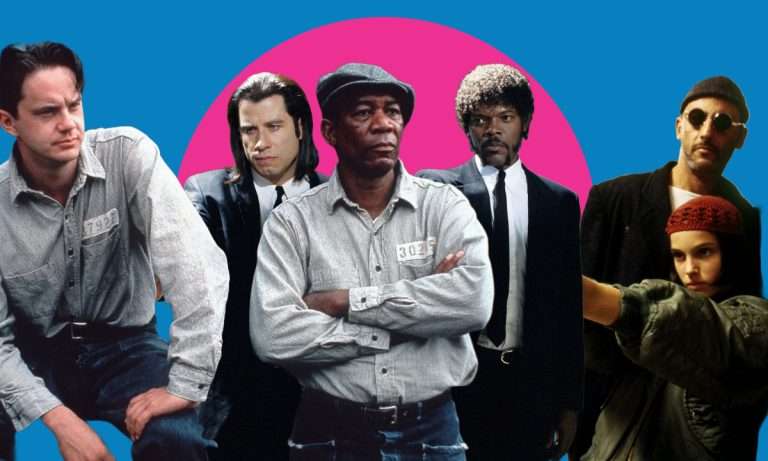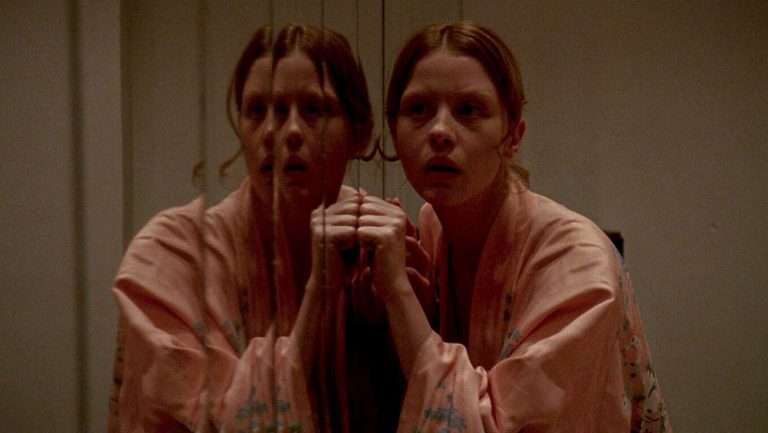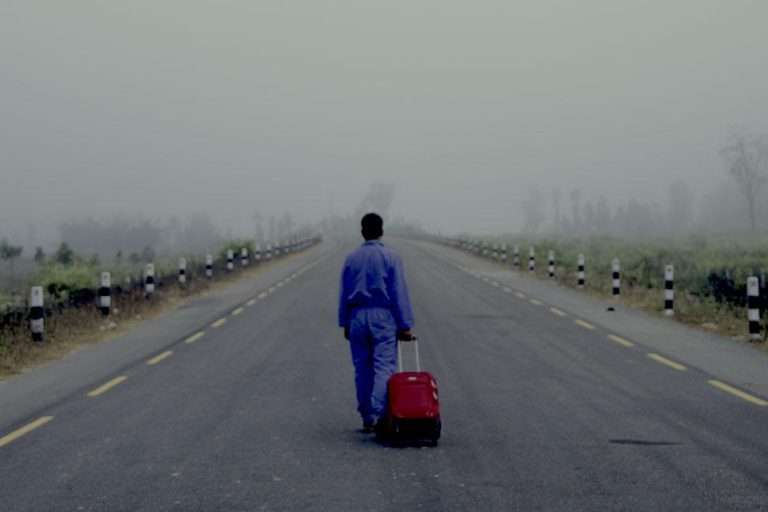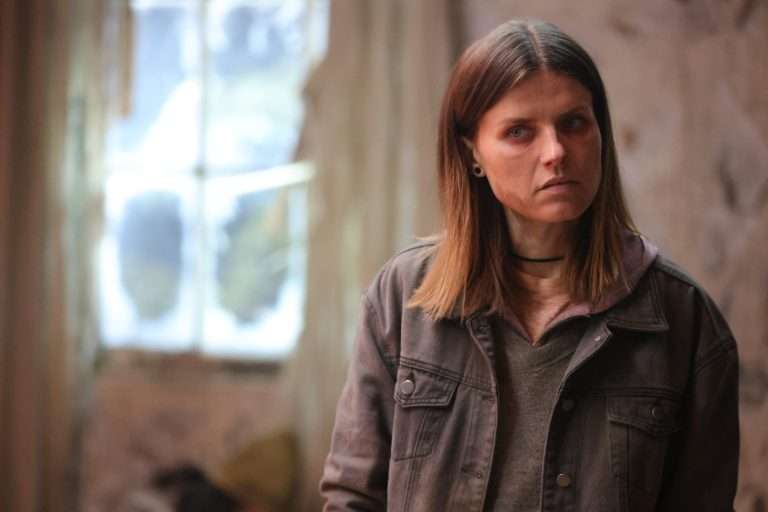10 Great Horror Movie Sequels You Should Watch: The horror genre notoriously has a poor track record when it comes to making sequels. Oftentimes, studios force out follow-ups to successful films, and they fail to live up to the hype, unable to produce the same effect as the original. A lot of ingredients need to mesh for a sequel to even be considered worthwhile across any genre, but horror is particularly tricky to recreate, as most classics are better left alone as self-contained lightning in a bottle. It isn’t impossible for an addition to a solid horror film to make for something spectacular, however – but it takes the right director, inspired originality, and an embracement of what makes the original great while taking the story in a new direction. Nobody wants to be spoon-fed the same movie, but you can’t stray too far from the primary material, either; hence the delicate tightrope walk that is the worthy horror sequel. Many try and few succeed, but these films honor their predecessors by leaving their own mark. The following titles aren’t necessarily superior to the originals, but they are certainly must-see viewings, and there is no better time for horror than the wondrous season of fall.
10. Halloween II (1981)
Rick Rosenthal definitely had big boots to fill when it came to making a direct sequel to John Carpenter’s immortal classic “Halloween”, and while the horror legend’s absence behind the lens is certainly felt, Rosenthal did an excellent job of delivering a film that feels both like a cohesive continuation of the original, as well as a step in a new direction for the franchise. Taking influence from “Friday the 13th”, the sequel trades in the atmospheric mystique of the first film, for a more sinister, in your face ‘80s slasher; and it works as a change in pace, without straying too far from Carpenter’s initial vision.
Related to Horror Movie Sequels: Halloween in Harry Potter Movies
Jamie Lee Curtis and the late Donald Pleasence reprise their respective roles as Laurie Strode and Dr. Loomis, and while unfortunately, Laurie is mainly confined to bed rest, Donald Pleasence cranks up his performance as the frantic Dr. Loomis – delivering on all of the craziness that has defined the character over the years. Dick Warlock’s turn as Michael Myers holds up as one of the most effective portrayals of the iconic villain, and Dean Cundey’s cinematography captures The Shape remarkably well, keeping the ominous presence of the masked stalker alive. The additional gore, eerie hospital setting, and synthed-up score, all merge to craft a suspenseful continuation of the holiday staple, and while it isn’t the refined masterpiece and influential marvel of the original, “Halloween II” is a worthwhile film in its own right and an absolute classic of the ‘80s horror canon.
9. Candyman (2021)
A recent trend in the horror genre has been to resurrect popular classics and reintroduce them to modern audiences with new interpretations, and few have done it better than 2021’s “Candyman”. Breathing rejuvenating life into the ‘90s slasher of the same name, Nia DaCosta and Jordan Peele brought the hook-handed horror icon back to the silver screen with a bang, pursuing a unique vision that pushes the narrative of the original in a bold direction, while expanding on the lore in a fascinating way. Further cementing himself as one of the most promising up-and-coming actors in the industry, the film follows Yahya Abdul-Mateen II as Anthony McCoy, a struggling visual artist, drawn to the recently gentrified Cabrini-Green (the setting of the first film), as he uncovers the twisted truths of Candyman; unaware that he is slowly being sewn into the fabric of the demented mythology.
Related to Horror Movie Sequels: Candyman (2021): The Voices Hidden in the Shadows
Capturing everything that made the first so enthralling, DaCosta broadens the urban legend and displays the power of storytelling with an added social commentary on gentrification and police brutality, that feels right up Jordan Peele’s alley, and packs an extra punch that gels well with the tone and themes of the original. Nia DaCosta also shows great creativity as a director, blending a slasher with body horror and psychological-thriller elements, while her stylish visuals play beautifully into the modern art scene aesthetic. It isn’t a perfect film, but DaCosta and Peele’s sequel/reboot feels like a fresh film, made by the right people, and released at the perfect time. Here’s the #9 entry in our list of great horror movie sequels.
8. Scream 4 (2011)
The “Scream” series has long been considered one of the most consistent horror franchises of all time. Wes Craven’s satirical slashers have been woven into horror history since their conception in 1996, and every sequel has successfully brought something new to the table in terms of critiquing the genre with a wink at the camera. The original is famous for poking fun at the genre as a whole, while the subsequent second and third movies dissect sequels and trilogies, respectively. But, while both follow-ups are very respectable, neither is more impressive than the seemingly hopeless, maybe even pointless, “Scream 4”. With the franchise being wrapped up neatly after three sufficient installments, it seemed like there was no more ground to cover in the meta-horror realm, but the film offers up a surprisingly fun commentary on the current state of horror: remakes and reboots.
Neve Campbell, Courteney Cox, and David Arquette slip back into their iconic roles with ease, and newcomers Emma Roberts, Rory Culkin, Erik Knudsen, and Hayden Panettiere, all bring some refreshingly original characters to the ensemble; creating a fun mix of generations colliding. Kevin Williamson’s script lives up to the preceding films, and Craven is in his element, adding onto the franchise he was born to helm, delivering some of his finest work in his final effort as a director. With a fifth film slated for release in 2022 it’s hard to say what “Scream” will send up next, but who knows, maybe it’ll surprise just like this one.
7. Friday the 13th Part VI: Jason Lives (1986)
It doesn’t get much cheesier than the “Friday the 13th” movies, but that isn’t exactly a bad thing. It may have taken them six films in to fully embrace their b-movie status and just have fun with it, but once they did, it resulted in one of the most entertaining horror films of the ‘80s. Accepting the series’ schlock and molding it into something exciting and self-aware, Tom McLoughlin would temporarily shape the franchise into a fresher, more energetic version of its former self, that subsequent directors sadly never returned to. Instantly the film asserts itself as a more inventive, spiritedly silly vision, with a classic monster movie opening that pays homage to “Frankenstein” while solidifying Jason Voorhees as the zombified menace that the horror genre knows and loves today.
Everything from the tongue-in-cheek humor, to the imaginative kills, and the reinvented look of the hockey-mask-wearing icon, just screams originality in a franchise that had run itself into the ground with redundant monotony throughout the previous five films. Not only was this particular installment the first to inject a much-needed dose of comedy, but it was also the first to actually place children inside of Camp Crystal Lake – adding a sense of danger typically lacking from slashers with disposable cannon-fodder characters. An all-around fun time packed full of cheap laughs and far-fetched violence, all set to a hard-rocking Alice Cooper soundtrack, this is about as close to a perfect sixth entry into a horror franchise that you could possibly ask for.
6. Dawn of the Dead (1978)
Ten years after his everlasting “Night of the Living Dead”, George A. Romero would deliver yet another iconic, genre-defining zombie picture, with 1978 classic “Dawn of the Dead”. Less of a direct follow-up and more of a spiritual continuation of the idea of a zombie apocalypse, that was spawned in the original, the sequel swaps out the rural farmhouse setting for an abandoned shopping-mall, that begins to attract the attention of the undead: a biting critique on the toxicity of consumerism. Where Romero’s initial zombie effort went for legitimate scares and gripping tension, with an underlying theme of the racial injustice and social divide of the ‘60s, Dawn opts for a more light-hearted tone, with some fantastic moments of comedic levity that play well into the social commentary of the human race mirroring mindless zombies.
Boasting a set of colorful characters, quirky comedy, riveting action, and impressive gore from special-effects wizard Tom Savini, Romero takes a film about reanimated corpses, and delivers one of the most lively films in horror history – setting the stage for exhilarating zombie-comedies to come for many years; most famously with Edgar Wright’s “Shaun of the Dead”, which owes a lot more to this movie than just its namesake. While no zombie flick can ever be more influential than the one that started it all, Romero’s sophomore undead exploit has taken on a life of its own, as an indelible piece of horror cinema.
5. Halloween III: Season of the Witch (1982)
An absolute cult classic among horror fans, and one of the great anomaly films of the ‘80s, “Halloween III: Season of the Witch” was a firm step into unmarked territory for the “Halloween” franchise, that they would unfortunately never go on to follow. Leaving Michael Myers in the past and moving forward with a short-lived idea for a Halloween-themed anthology series that would focus on a different concept every film, the first movie of this quickly-departed saga tells the story of an evil novelty company, selling spooky masks to children that will kill them on Halloween night, in a demented mass-sacrifice. It’s an unreal plot that couldn’t be more proud of its twisted sci-fi horror roots, and it absolutely delivers on its promise of spine-chilling insanity.
Related to Horror Movie Sequels: More than Blood and Guts: Symbolism in Horror
Featuring an extravagant performance from horror icon/Everyman Tom Atkins, an intense score from the legendary John Carpenter, revolting practical effects, and a hauntingly catchy jingle that will rattle your brain, Tommy Lee Wallace’s surreal head-trip of a movie is beyond more enjoyable and creative than the majority of the stale films to follow in the series. In fact, the film’s greatest strength is its lack of connective tissue to the rest of the installments. Ending on a beat of grim ambiguity that will surely stick with you and shake you to your core, this is b-movie cheese taken to its utmost extremes; leaving behind an utterly fascinating picture that has aged like fine wine in the wake of the series’ more recent, uninspired efforts. Here’s the #5 entry in our list of great horror movie sequels.
4. Child’s Play 2 (1990)
The original “Child’s Play” is certainly worthy of its classic status in the horror genre, but it wasn’t until its sequel in 1990 that the series truly realized what it had with the character of Chucky. In the first film, the malevolent doll is confined mostly to lurking in the shadows. His presence is felt, but he isn’t a fully fleshed-out villain, and he definitely isn’t the treacherous trash mouth we all recognize today. In the sequel, however, Chucky truly shines for the first time, with an increased spotlight and greater motivation. Brad Dourif’s voice is effortlessly menacing in the role, and his lines are pure gold: striking a perfect balance between dark comedy and sinister threat.
While Chucky is absolutely the star of the film, “Child’s Play 2” also lays claim to the best supporting cast of any entry in the franchise, with Alex Vincent and Christine Elise’s on-screen chemistry being a major highlight of the sequel; bringing to life an infectiously endearing sibling relationship inside of a conversely depressing abusive orphanage setting. It’s a bigger, more ambitious outing than its predecessor, with less emphasis being focused on atmospheric mystery, and more being focused on Chucky’s twisted antics, as the mischievous voodoo-lover had already been established, ready to wreak havoc without too much exposition. Culminating in a final act set inside of a toy factory that puts a bloody cherry on top of this masterfully galvanizing slasher, Chucky’s return lives up to the caliber of the original and then exceeds it.
3. Evil Dead II (1987)
Part sequel, part remake, Sam Raimi’s “Evil Dead II” takes what worked in the original movie: the over-the-top tone, excessive gore, and creepy cabin setting, and then amps it all up; reimagining the first with a bigger budget and a greater understanding of what the series should look like. Sinking his teeth into the role of Ash Williams with more room for zany antics and cartoonish physical comedy, Bruce Campbell wows the audience, giving a more loose portrayal of the boomstick-wielding screwball with a chainsaw for a hand, that would firmly establish the character as one of horror’s most lovable heroes. Raimi’s vision thrives this time, even more so than the first, by delving into the blood-splattered, action-packed, campiness of the material – realizing the concept’s sweet spot and officially finding its voice in the second go-around.
Related to Horror Movie Sequels: 10 Great Horror Movies of the 1980s
The entire film is one swift, fantastical fever-dream of extreme violence, slapstick absurdity, and tongue-in-cheek humor that has since become synonymous with the franchise; leading to many exciting, hilarious, and even mind-boggling moments, that you won’t find in many other horror comedies. Not every effect has aged entirely well, and the moments without Ash (which fortunately are rare) do tend to drag quite a bit compared to the otherwise fast-paced tempo, however, the overall picture is a priceless and forever unique experience. Packing loads of laughs and a bundle of iconic scenes, while managing to tack on a fitting setup for the equally groovy “Army of Darkness”, Sam Raimi’s invigorating ‘requel’ is a foolishly good time.
2. A Nightmare on Elm Street 3: Dream Warriors (1987)
After a weak visit to Elm Street in the franchise’s sophomore effort, producers and fans alike yearned for a return to form in the series, and who better to tap than the late great creator, Wes Craven? Whipping up a script that would serve as the basis for the film, later punched up by Frank Darabont and director Chuck Russell, Craven and company would bring Freddy Krueger back to his roots, while simultaneously crafting the gold standard for slasher sequels, with “A Nightmare on Elm Street 3: Dream Warriors”. Building upon the premise set up in the original, Chuck Russell’s entry develops the mythology of Krueger while introducing a brand new cast of charming characters, and accentuating the preceding films’ supernatural elements; delving deeper into the realm of fantasy with the third installment.
Heather Langenkamp reprises her role as the franchise’s pioneer final girl Nancy Thompson, guiding a group of misfit teens, led by a young Patricia Arquette – forming an ensemble of troubled protagonists that you can’t help but root for, in hopes that they’ll survive the razor-clawed boogeyman. Robert Englund, of course, returns to the role of the Springwood Slasher, and arguably delivers his best work as the horror icon, finding an intimidating, yet entertaining, blend between taunting wisecracker, and vengeful dream demon, that would slowly become diminished in the films to follow. Enriching the limitless material with inventive kills, tremendous practical effects, and awe-inspiring imagery, Freddy’s third outing is a rare case of a timeless classic being given serious competition by a sequel.
1. The Bride of Frankenstein (1935)
The film that all other horror sequels strive to match, James Whale’s “The Bride of Frankenstein” set the bar high, all the way back in the 1930s, for successful follow-ups in the genre. Taking the themes of societal rejection and alienation from the first movie, and expanding on them with an injection of comedic levity, the esteemed monster flick further explores the effects that seclusion has on Frankenstein’s monster – fleshing the character out into a tragic loner, instead of a scary behemoth. Rather than playing the concept of a monstrous bride as a novelty creature feature, Whale’s sequel is a thoughtful, heartwarming, and ultimately devastating, portrayal of an isolated outsider seeking companionship, only to be turned down at every corner.
Related to Horror Movie Sequels: 10 Classic Black and White Horror Films That Still Hold Up
It’s a mature and touching, but also quite a melancholic tale, that truly cements the director as an early master of horror, for his subversion of genre expectation, and simultaneous embrace of all things dark and macabre. The artistic direction, stunning cinematography, and beautifully gothic visuals, all encapsulate everything great about Universal’s classic monster movies, constructing a breathtaking atmosphere for Boris Karloff to deliver an unforgettably powerful performance as Frankenstein’s monster; this time with added dialogue. Punctuated by the reveal of Elsa Lanchester’s titular Bride of Frankenstein, made iconic in only a few short scenes, with an unforgettable appearance and a frightening gaze, James Whale’s most definitive mark on the horror genre has it all. Gothic poetry, lighthearted humor, remarkable makeup designs, and a graceful score, all fuse to contrive a poignant staple of classic cinema, never to be forgotten. Here’s the #1 entry in our list of great horror movie sequels.

